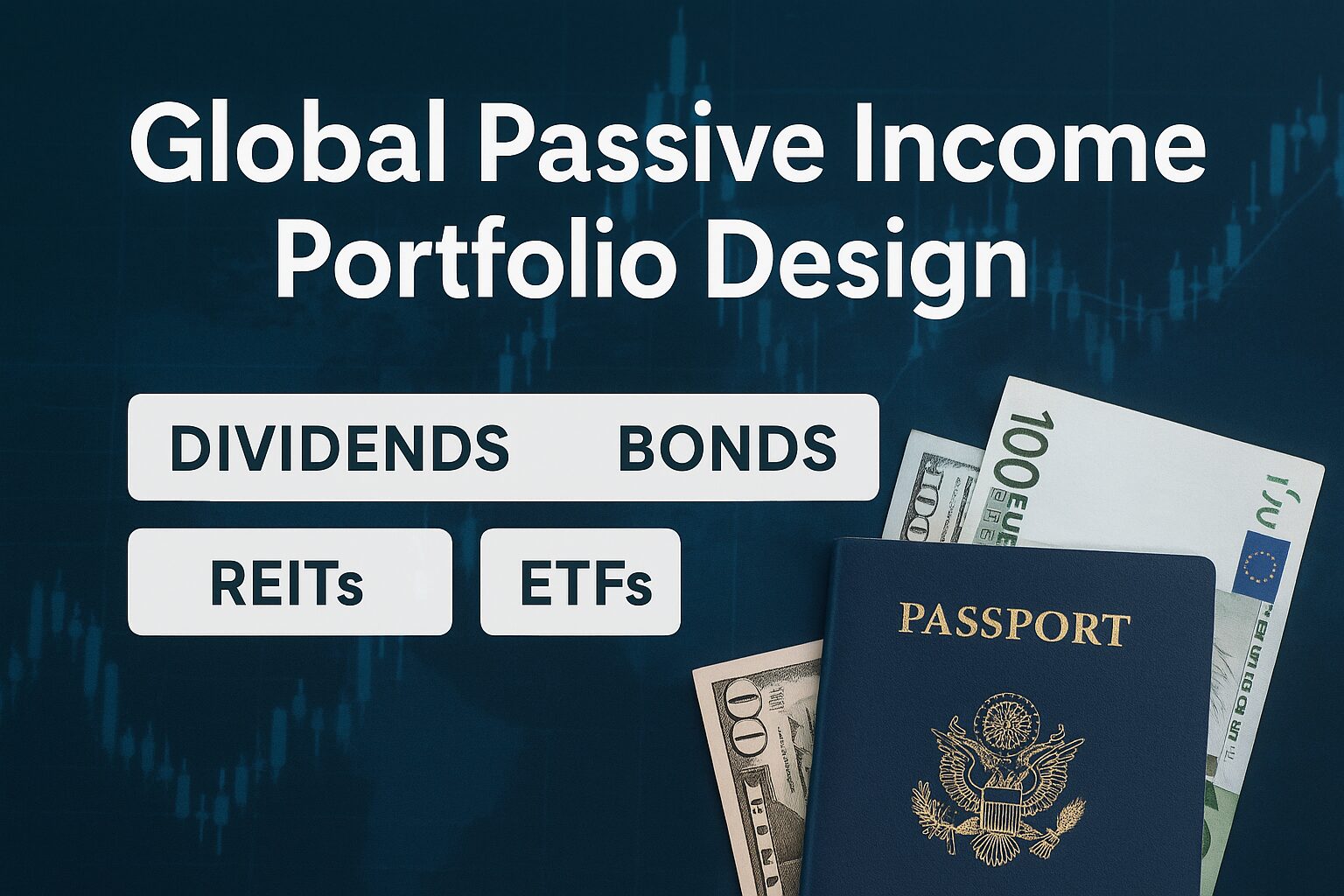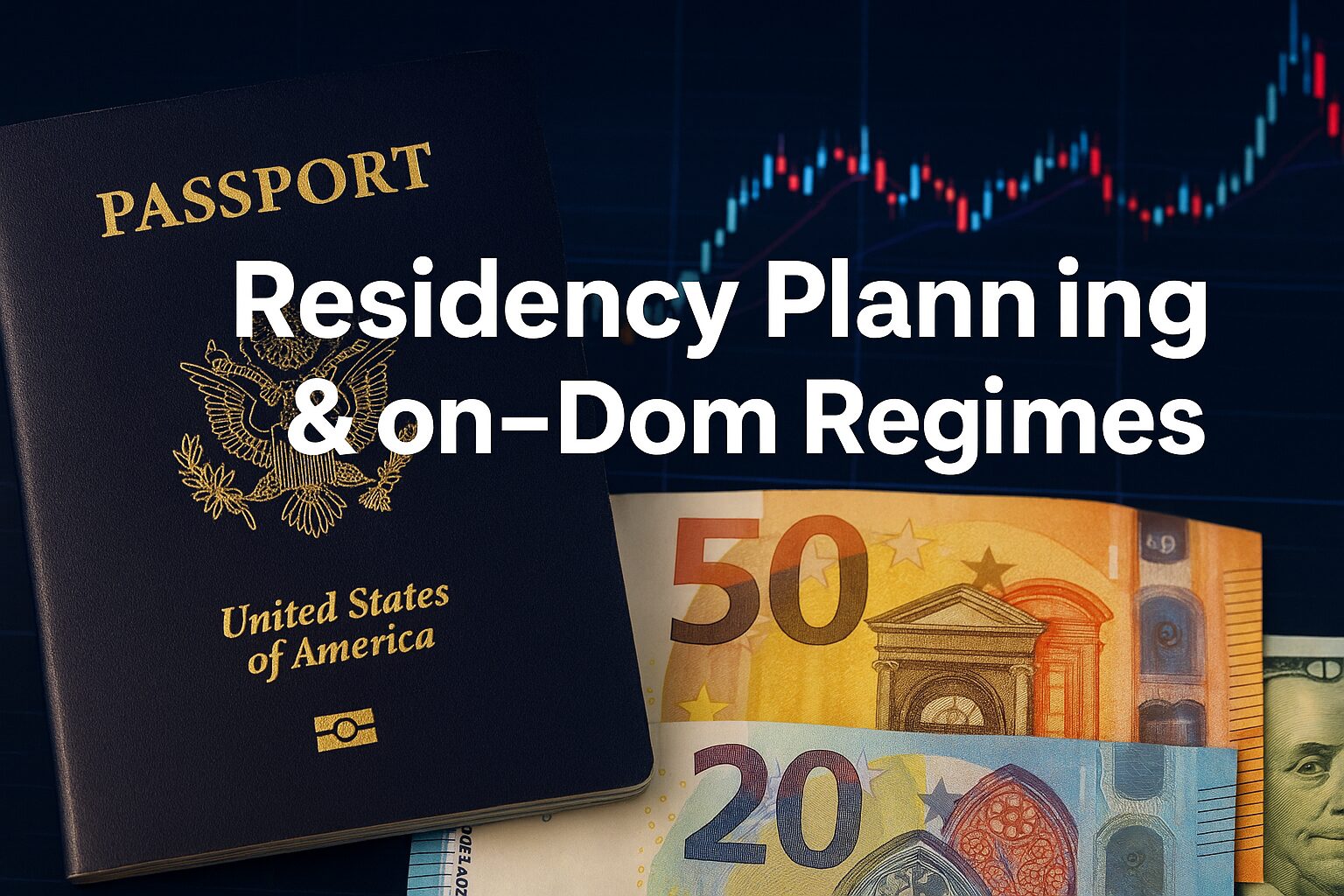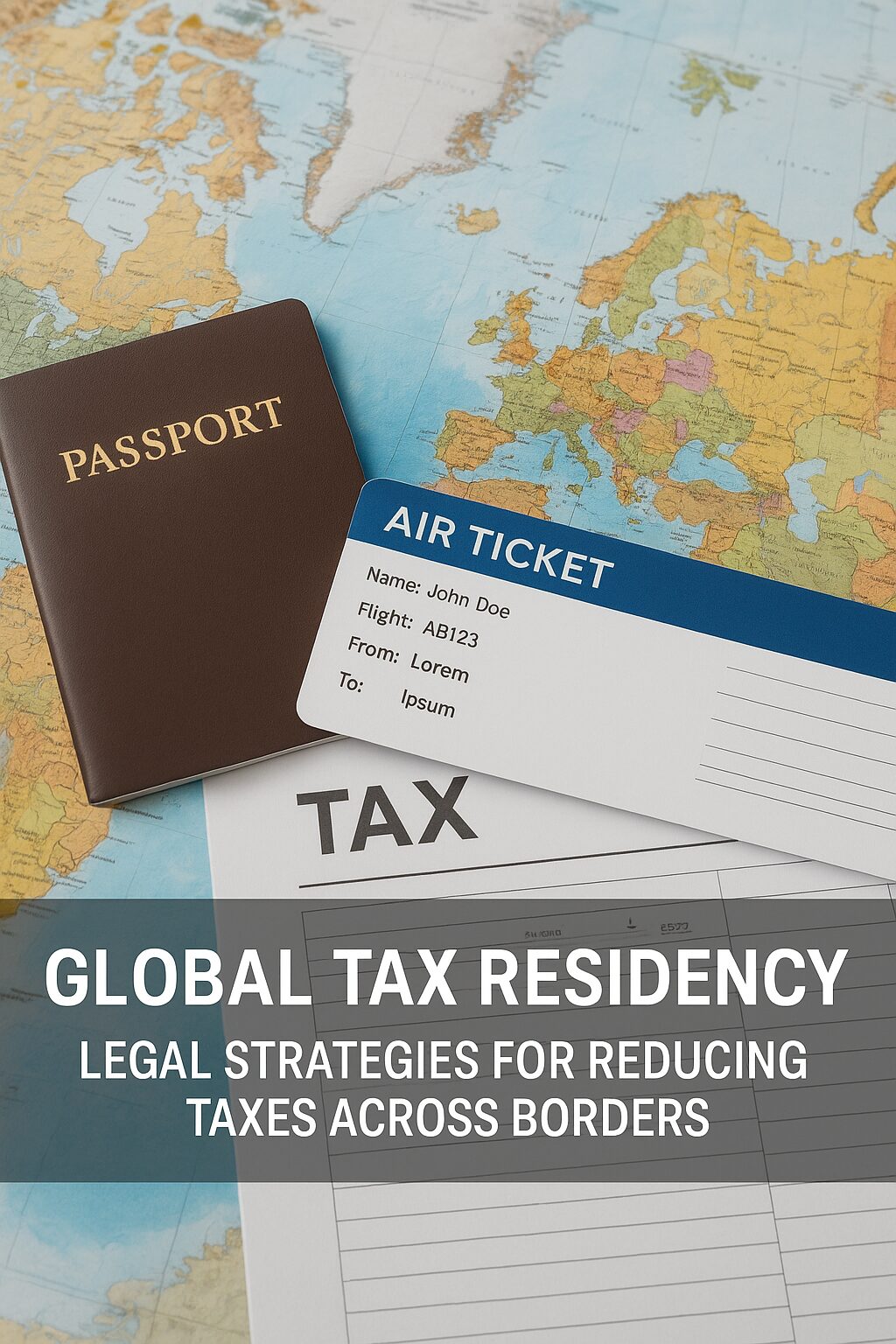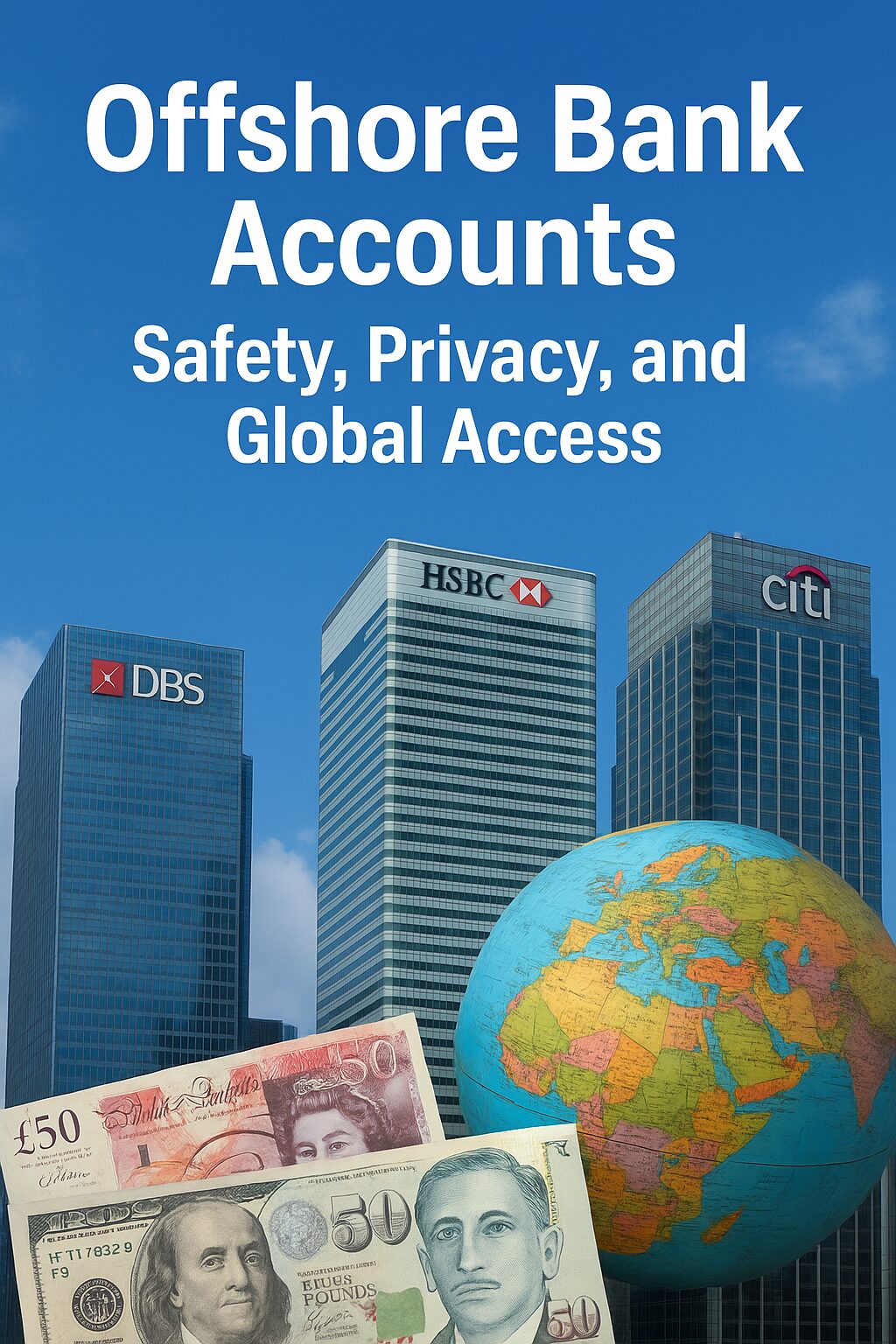Why Passive Income Matters Globally
In today’s interconnected financial world, investors are no longer confined to local markets. Building a passive income portfolio that draws from global opportunities is not just a privilege of the wealthy—it’s a necessity for anyone seeking financial independence. By carefully designing a portfolio of dividend-paying stocks, international bonds, real estate investment trusts (REITs), and exchange-traded funds (ETFs), investors can create multiple income streams that generate consistent cash flow regardless of where they live.
This guide explores how to strategically combine these asset classes across global markets to build resilience, mitigate risk, and maximize long-term wealth.
1. Dividend Stocks – Global Companies, Reliable Income
Dividend stocks form the backbone of most passive income portfolios. They provide predictable payouts and often benefit from long-term corporate growth.
- Blue-Chip Multinationals: Companies like Johnson & Johnson, Nestlé, and Samsung have global revenue streams and strong dividend histories.
- Dividend Aristocrats: Firms with 25+ years of consistent dividend growth (e.g., Procter & Gamble, Coca-Cola).
- Emerging Market Dividends: Companies in Asia and Latin America offering higher yields, though with higher risk.
📌 Key Strategy: Diversify across sectors (tech, consumer goods, healthcare, energy) and geographies to avoid overexposure to one economy.
2. Bonds – Stability and Hedging Against Volatility
Bonds provide steady interest payments and serve as a stabilizing counterbalance to equities.
- Government Bonds: U.S. Treasuries, German Bunds, Singapore Bonds. Consider currency diversification to avoid USD-only exposure.
- Corporate Bonds: Investment-grade bonds from global giants provide higher yields than government bonds.
- Emerging Market Bonds: Attractive yields, but investors must weigh inflation and political risk.
📌 Key Strategy: Blend short-term and long-term maturities, denominated in multiple currencies, to manage interest rate risk and inflation exposure.
3. REITs – Real Estate Exposure Without Direct Ownership
REITs allow investors to benefit from global property markets without the hassle of direct management.
- Equity REITs: Focus on income from properties like office buildings, shopping malls, logistics hubs, and data centers.
- Mortgage REITs: Invest in mortgage-backed securities, offering higher yields but with higher sensitivity to interest rates.
- Global REIT Markets: U.S., Japan, and Singapore host some of the largest REITs, providing easy access to global real estate.
📌 Key Strategy: Prioritize REITs with consistent dividend payouts, exposure to growing sectors (e.g., logistics and data storage), and strong governance.
4. ETFs – Diversification Made Simple
ETFs are essential tools for global investors, offering instant diversification across regions and asset classes.
- Equity ETFs: Exposure to entire markets (e.g., S&P 500, MSCI World, Emerging Markets).
- Bond ETFs: Simplify access to global fixed income.
- Dividend ETFs: Designed specifically for income-seeking investors.
- Sector ETFs: Focused plays on technology, healthcare, infrastructure, or renewable energy.
📌 Key Strategy: Mix broad market ETFs with specialized dividend or sector ETFs to balance growth and stability.
5. Balancing Risk and Return in a Global Portfolio
Passive income portfolios must be designed with risk-adjusted returns in mind:
- Geographic Diversification: Invest across North America, Europe, and Asia-Pacific to hedge against regional downturns.
- Currency Diversification: Hold assets in multiple currencies (USD, EUR, JPY, SGD) to reduce FX volatility.
- Asset Allocation Example:
- 40% Dividend Stocks
- 25% Bonds
- 20% REITs
- 15% ETFs
This mix provides stability, income, and long-term growth potential.
6. Tax Considerations for Global Passive Income
Taxes on dividends, interest, and capital gains vary widely across jurisdictions. Investors must:
- Understand withholding taxes on dividends and bond interest.
- Leverage tax treaties between their country of residence and investment jurisdictions.
- Use tax-advantaged accounts (where available) to shelter passive income.
7. Technology Tools and Platforms for Global Investing
Modern fintech platforms make it easier than ever to manage global passive income portfolios.
- Brokerages: Interactive Brokers, Saxo Bank, and Charles Schwab offer access to global markets.
- Portfolio Management Tools: Morningstar, Personal Capital, and Bloomberg provide real-time tracking.
- Automated Investing: Robo-advisors now include dividend-focused portfolios with global exposure.
8. Building Long-Term Financial Freedom Through Passive Income
Ultimately, the goal of a passive income portfolio is financial freedom—the ability to cover expenses and achieve life goals without relying solely on active employment. By strategically allocating capital across dividend stocks, bonds, REITs, and ETFs, investors build resilience against inflation, economic downturns, and policy shifts.
Conclusion: Designing a Resilient Global Passive Income Portfolio
A well-constructed passive income portfolio is not about chasing the highest yields—it’s about building balance, resilience, and predictability. By diversifying across dividend stocks, bonds, REITs, and ETFs on a global scale, investors can achieve steady income while protecting themselves from regional downturns and currency fluctuations.
The key lies in disciplined asset allocation, regular portfolio rebalancing, and awareness of tax and compliance rules in multiple jurisdictions. With the right strategy, passive income becomes more than just financial support—it becomes the foundation of true financial independence.
Whether your goal is early retirement, global mobility, or generational wealth transfer, designing a robust passive income portfolio ensures that your money works for you—24/7, across borders, and for decades to come.









